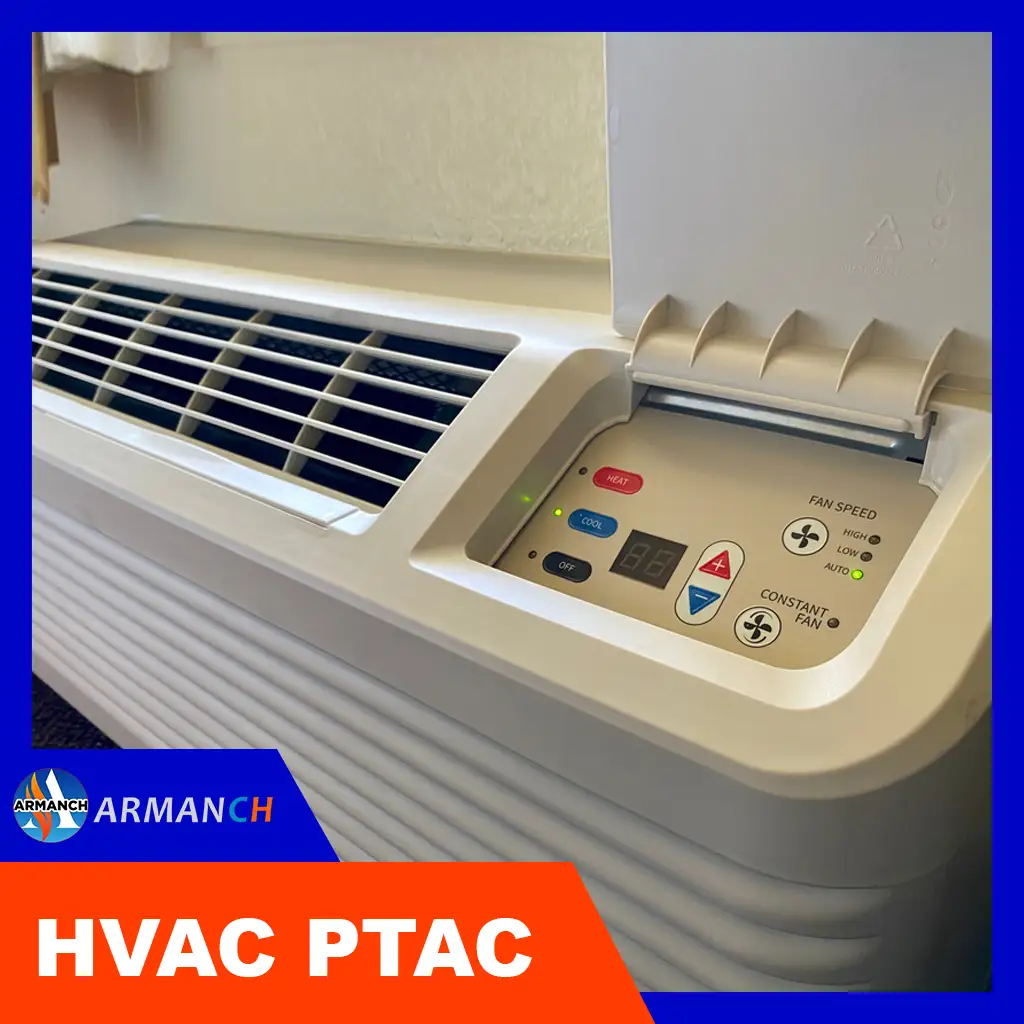
⦁ PTACs consist of indoor and outdoor units, offering versatile installation options like wall or ceiling placement, in attics, closets, or even externally.
⦁ Their efficient design minimizes cool air loss through walls and ceilings, ensuring quicker cooling of your rooms while consuming less energy compared to standard window units.
⦁ PTACs consist of indoor and outdoor units, offering versatile installation options like wall or ceiling placement, in attics, closets, or even externally.
⦁ Their efficient design minimizes cool air loss through walls and ceilings, ensuring quicker cooling of your rooms while consuming less energy compared to standard window units.

⦁ Cost-effectiveness: PTACs are an economical choice for heating and cooling homes, with straightforward installation and maintenance.
⦁ Reliability: Many users find PTACs more dependable than central HVAC systems, and they come in various sizes to suit different room needs.
⦁ Versatility: Suitable for apartments and condos due to their ductless nature, avoiding complex installations.
⦁ Energy Efficiency: Newer PTAC models with desiccant wheels enhance energy efficiency and indoor air quality, leading to significant cost savings (up to 35%) and reduced thermal cooling power (by up to 52%) compared to traditional systems.

⦁ Upfront Costs: Systems with desiccant wheels may have higher initial costs, but users typically recoup their investment within around 5 years.
⦁ Basic Functionality: Regardless of additional features like desiccant wheels, PTACs offer convenient and energy-efficient climate control, making them a practical choice for various settings.
PTACs provide an optimal blend of convenience, energy efficiency, and user-friendly operation, making them a preferred solution for effective climate management in residential and commercial spaces.
Our mission is to change people’s lives. We do that by working within our community to create a positive change.
ARMANCH 2024 CREATED BY Armanch Development Team